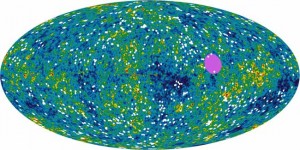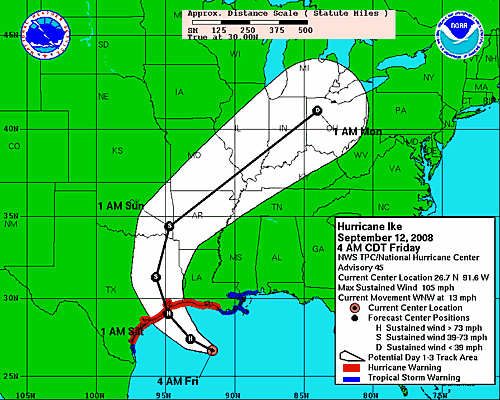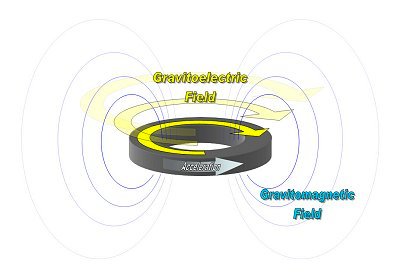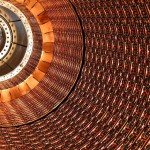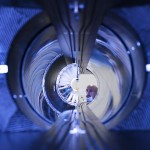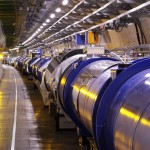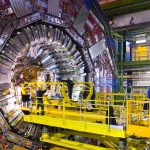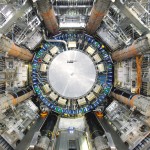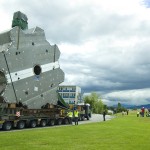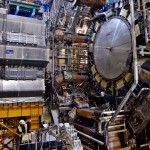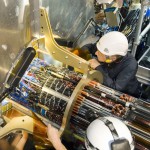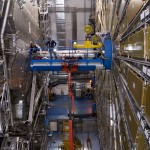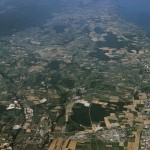I just finished extolling the virtues of keeping politics out of the Otakusphere, but this isn’t really a post about politics, it’s about math. Besides, only a geetaku audience can appreciate this.
Good Math Bad Math points out the innumeracy of many election-beat reporters who seem to be unaware of how percentages work:
as results were coming in from Ohio, one reporter was saying “Black turnout in Cleveland was only around 18%, which is only up 2% from four years ago”. That’s a rather classic bad-math error. A two percent increase over 16% is 16.32% – which is a trivial change. A change from 16% to 18% is actually a 12.5% increase – which is very significant.
At the opposite side of the scale, I think it’s astounding just how eerily accurate Nate Silver of fivethirtyeight.com was regarding his predictions. The cool thing about his methodology is that he actually simulates the election results in Monte Carlo fashion, running each one 10,000 times:
The basic process for computing our Presidential projections consists of six steps:
1. Polling Average: Aggregate polling data, and weight it according to our reliability scores.
2. Trend Adjustment: Adjust the polling data for current trends.
3. Regression: Analyze demographic data in each state by means of regression analysis.
4. Snapshot: Combine the polling data with the regression analysis to produce an electoral snapshot. This is our estimate of what would happen if the election were held today.
5. Projection: Translate the snapshot into a projection of what will happen in November, by allocating out undecided voters and applying a discount to current polling leads based on historical trends.
6. Simulation: Simulate our results 10,000 times based on the results of the projection to account for the uncertainty in our estimates. The end result is a robust probabilistic assessment of what will happen in each state as well as in the nation as a whole.
This is a more stochastic approach to election prediction which I think matches reality very well.
I also found this collection of links, which are dangerously interesting. Among them, “The Mathematics of Voting“:
Mathematical economist Kenneth Arrow proved (in 1952) that there is no consistent method of making a fair choice among three or more candidates. Topics cover Fairness Criteria, Voting Methods, Fairness Criteria applied to Voting Methods, and Ranking Procedures.
Then there’s the old favorite topics, like should we ditch the Electoral College? (no). Should we use an Instant Runoff Voting system instead? (no).
Election math is cool.
